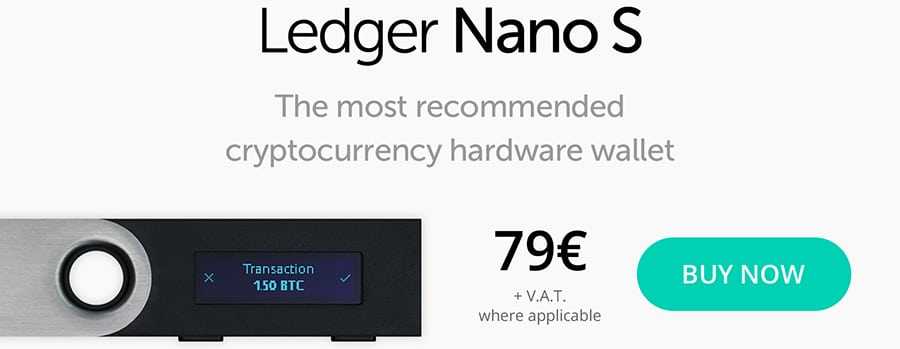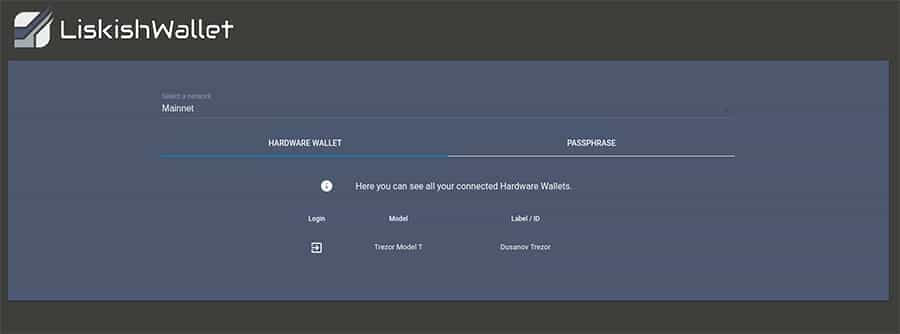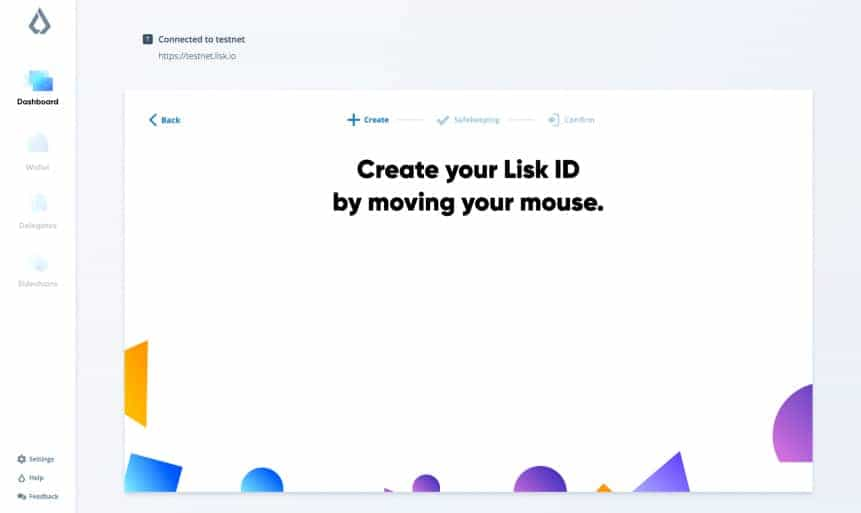Best Lisk Wallets: Top 7 Places to Safely Store LSK
Lisk (LSK) was created as a platform for creating decentralized applications in Javascript.
The goal of the project is to create a decentralized development platform for apps that is more fair to developers and gives them larger rewards for their creations, unlike the current centralized platforms such as Google Play and the Apple App Store, both of which take the lion’s share of any revenues.
Lisk has its own currency that goes by the ticker symbol LSK and you can purchase them on a number of exchanges. However, if you do this you’ll also need a wallet to store them in, because it isn’t safe to just keep them in the exchange wallets.
With that in mind I’ve created the guide below to the 7 best Lisk wallets for securely storing your LSK.
Top 6 Lisk Wallets
Unlike many of the smart contract tokens in the space right now, Lisk is not an ERC20 standard. They have not built their blockchain on top of Ethereum's. Hence, they require a bespoke selection of wallets because ERC20 compatibility just wont do.
We have compiled a list of the best Lisk wallets and storage options that are currently on the market. Our criteria was based on a number of factors including the user friendliness, community support and of course the security of the wallet.
This is not an exhaustive list but if you are going to be using another wallet, make sure that it has broad community support. They are listed in order of preference.
Ledger Nano S (Hardware Wallet)
A hardware wallet is your best choice for secure storage of LSK or any other cryptocurrency for that matter. Until recently the Ledger did not support LSK storage, but in September it added support for Lisk and now it’s possible to store LSK in a Ledger Nano S.
The Ledger looks like a USB flash drive, and in addition to using it for Lisk you can also use it for more than 700 other cryptocurrencies. The Ledger team continues adding support for more coins all the time, and chances are your favorite coin can be stored in the Ledger.

In addition to using encryption and PIN codes for security, the Ledger also displays transactions of a small OLED screen, but requires the user to physical depress a button on the Ledger device to confirm any transaction. This prevents hackers from remotely accessing your funds, since they would be unable to physical press the button and confirm any transaction they might be attempting remotely.
The Ledger is also very easy to set-up, and yet as secure as possible. Its main detraction is that it isn’t free, but thanks to a recent price decrease you can get a Ledger Nano S for just $69.99, which is a tiny price to pay for securing your cryptocurrencies.
Trezor Model One (Hardware Wallet)
The Trezor is another really popular hardware wallet that is developed by a company in the Czech republic called Satoshi labs. This is slightly more expensive than the ledger wallet and comes in at €69 + VAT. In order to use the Trezor wallet for your Lisk, you will have to install the LiskishWallet which is a third-party wallet with a Trezor integration.

Like the Ledger Nano, the Trezor wallet will store your private keys in an offline environment and it will interact with the LiskishWallet through the USB connection. The Trezor is also a multi currency wallet. You are able to store up to 700 different coins including all of the ERC20 complex.
While the Trezor Model One should be sufficient for your purposes, there are some coins that it does not support (Monero, Ripple and Cardano to name a few). If these are coins that you HODL and would like to also store then you may want to consider the Trezor Model T. This is slightly more expensive than the Model One and costs €149 + VAT. However, the Model T has a more user friendly LCD color screen which is bigger than the model one.
Lisk Hub (Desktop Wallet)
Lisk Hub is called the most advanced Lisk wallet, and it was released when Lisk relaunched recently. It’s not just a wallet. It’s an all-in-one solution to manage your Lisk tokens and Lisk ID. In addition to the basic sending and receiving fnction, the Lisk Hub can also be used to vote for delegates. And it lets you track all the Lisk activity, from the blockchain itself to the Lisk Twitter feed.

Future releases of Lisk Hub plan to include a decentralized exchange, the ability to launch an ICO, network and market monitoring, and the ability to register a new app.
In addition, you can register yourself as a delegate, and you can stake and forge Lisk right within the wallet. There’s really no need for any other Lisk wallet if you have the Lisk Hub.
Lisk Hub is available for both Windows and Mac.
Lisk Core (Desktop Wallet)
Lisk Core is actually a full Lisk node, which means you need to download and synchronize with the entire Lisk blockchain. The Lisk Core has far more functionality than just acting as a wallet, and is best for developers who are looking to interact with the Lisk blockchain in the creation of decentralized applications.
Besides simply storing, sending and receiving LSK, you can also forge and stake with Lisk Core and it gives you complete access to API development kits.
The Lisk Core is only recommended for those with highly technical backgrounds, and is best for developers who want to work with the Lisk blockchain.
Lisk Commander (Command-Line Desktop Wallet)
The Lisk Commander was previously known as “Lisky” and is a way to interact with the Lisk blockchain in a command line interface. Basically it is Lisk Core, but with a command line interface. It allows you to communicate with local and remote Lisk nodes, as well as performing Lisk-related functions via its command line toolset.
Even more so than the Lisk Core, this wallet is meant for those who have highly technical backgrounds. You should be familiar with command line interfaces and language if you’re considering using Lisk Command.
Lisk Mobile (Mobile Wallet)
The mobile version of the Lisk wallet is so good it has 4.9 out of 5 stars on Google Play and 4.3 stars out of 5 on the Apple App Store. It is an easy to use mobile application that gives you the ability to store, send and receive Lisk tokens easily.
While it doesn’t yet have the advanced delegate features implemented in the Lisk Hub desktop wallet, that functionality is planned for future releases. It is also planned to add FaceID and TouchID for added security in upcoming versions.
Lisk Paper Wallet
This is an unofficial paper wallet, but is still a great option for storing your LSK if security is of top importance, and if you aren’t planning on using your LSK any time soon.
One problem is that you can’t stake and forge your LSK if you have it stored in this paper wallet, which could be a major downside for users who are planning on earning more LSK by staking their current LSK holdings.
Because this is an unofficial version it’s recommended to download the source code and open index.html on a computer that isn’t connected to the internet to generate your wallet. Once you have done that and have your seed words, you can place them in a safe location for longer term cold storage.
Conclusion
Lisk wallets have made major strides in the second half of 2018. The addition of Ledger hardware wallet support, a mobile wallet, and the extensive functionality of the Lisk Hub wallet gives users great choices for storing their Lisk tokens.
You might note that I haven’t mentioned the Lisk Nano wallet, which is a light wallet that was used for storing LSK. While that wallet does exist currently, the Lisk development team is discontinuing support for Lisk Nano on January 1, 2019.
The Lisk project is a strong one, and holding LSK tokens could be a smart move, especially since you can stake and forge with Lisk and make additional tokens. And that makes having a solid wallet for storing LSK even more important.
Places to Buy LSK:
Disclaimer: These are the writer’s opinions and should not be considered investment advice. Readers should do their own research.
